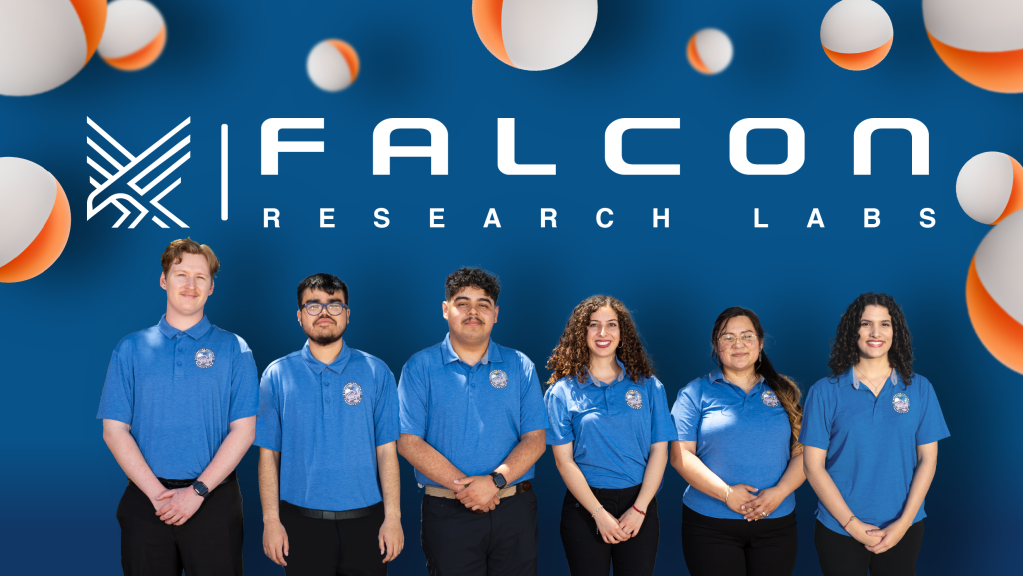Busy Science Day Explores Human Research and Space Physics

The 11 astronauts and cosmonauts living aboard the International Space Station today worked on a multitude of science experiments that may improve life for humans on and off the Earth. The space research on the orbiting lab ran the gamut of biology, physics and Earth observations.
Expedition 67 Commander Tom Marshburn set up a glucometer and blood tubes to explore how living in weightlessness affects insulin resistance for the Vascular Aging study. He also continued helping the four Axiom Mission 1 (Ax-1) astronauts get up to speed with operations aboard the space station.
Flight Engineer Raja Chari of NASA configured Actiwatches that monitor light conditions and an astronaut’s activities to help doctors understand a crew member’s wake-sleep in space. NASA Flight Engineer Kayla Barron worked inside the Life Science Glovebox and set up the Fluidic Space Optics experiment that could impact the development of space telescopes. ESA (European Space Agency) astronaut Matthias Maurer collected air samples for chemical analysis then set up blood collection hardware for the Myotones muscle biomechanics study.
Veteran astronaut and Ax-1 Commander Michael Lopez-Alegria researched how space affects brain activity and increases the risk of cancer. Ax-1 Pilot Larry Connor also explored brain dynamics, then installed a miniature antenna demonstration, and held an educational event with students on Earth.
The two Ax-1 Mission Specialists also had a full schedule researching a variety of space phenomena throughout the orbiting lab on Tuesday. Israeli crew member Eytan Stibbe assisted Connor with the antenna work then focused on the space liquid behavior study that Barron had set up earlier. Mark Pathy from Canada photographed Earth landmarks from inside the cupola then explored holoportation while wearing an augmented reality headset.
The station’s three cosmonauts from Roscosmos focused on their contingent of activities throughout the orbiting lab’s Russian segment. Veteran cosmonaut Oleg Artemyev worked on cargo activities inside the ISS Progress 79 resupply ship, then joined first time space-flyer Sergey Korsakov and trained for operations of the European Robotic Arm. New cosmonaut Denis Matveev studied advanced Earth photography techniques and worked on maintenance activities.





























